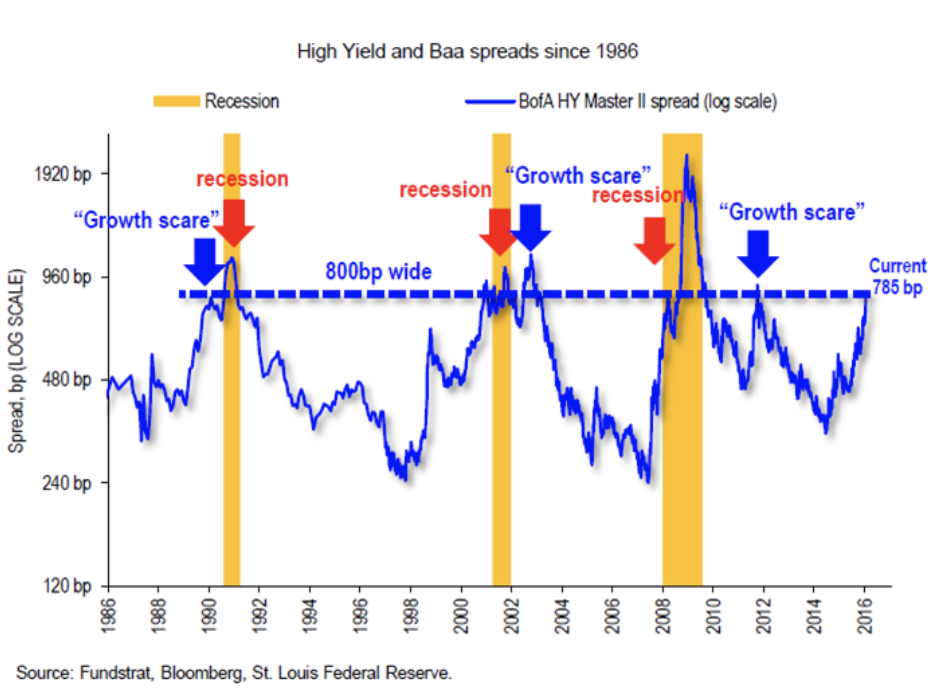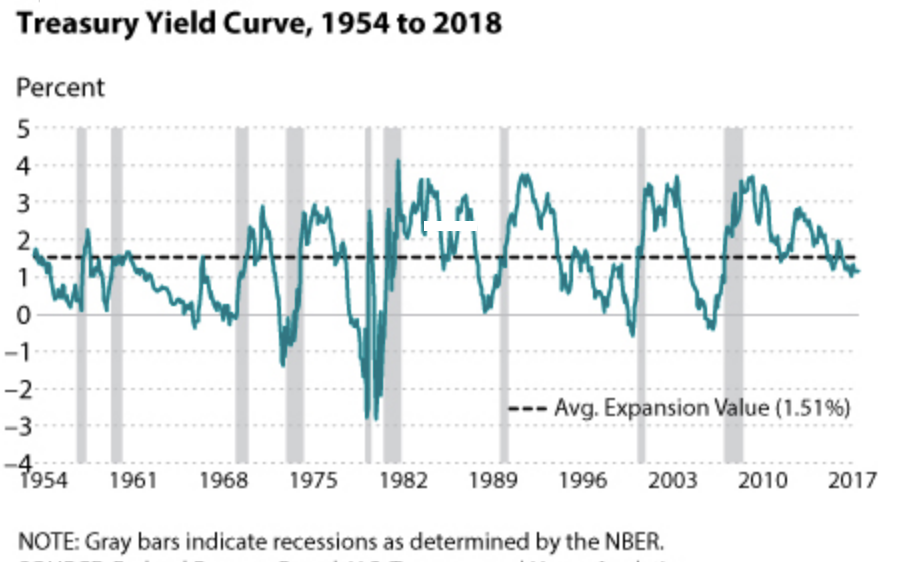It is by no means farfetched or paradoxical to say that progress destabilizes the economic world, or that it is by virtue of its mechanism a cyclical process.
… Joseph Schumpeter thought inevitable and even beneficial what he called ‘creative destruction’ – the cyclical process by which the system eliminates the people and institutions which are mentally too vulnerable for useful economic service. Unfortunately, the process has larger and less benign effects, including the possibility of painful recession or depression.
THE ECONOMIC CYCLE: GROWTH STRESS AND RESTRUCTURING PAIN
The start of an economic cycle can be triggered by a number of factors. Typically, a new source of demand will appear. It could be from a new market that opens up, new demand by the government, reinvigorated consumers who have cleared their balance sheets and are clearing existing stocks, or the aggregation of inventions enabling an innovation that can then be diffused, and for which an untapped demand appears.
As companies respond to the new demand, they start ramping up production and investment, employing more people. If the people cannot be replaced by machines or acceptable imports, labor becomes a scarcer resource. Wages start going up, and companies, trying to preserve profits, start raising the prices charged to consumers. This triggers inflation. At that point interest rates may be increased to make money scarcer and slow an “overheating” economy. In that case, consumers reduce their demand, stocks begin piling up, and the weakest companies are pushed into restructuring of some kind, in turn pushing some of their workers to leave for better paying jobs or even into unemployment.
This brief overview of how an economic cycle typically would work contains several important lessons. First, the business cycle is inherently a path to growth, for it allows for the reallocation of resources, human and financial, across sectors and companies. The second is that this process is by its very nature painful. The growth phase will involve much stress as all resources will be used at their maximum capacity, while the restructuring phase implies job losses.
The impact of the economic cycle on company restructuring is so profound that for a long time the best indicator of the downturn in economic activity was the credit spread, i.e., the extra margin of interest rate to be paid on loans to riskier companies.55 While other economic indicators may be lagging or take a while to become available, the market price for lending to companies that may fail is available in real-time on trading screens. It reflects the very nature of the business cycle, which is the restructuring and end of companies and activities that no longer make sense in the great reshuffling of resource allocation.


REDUCING THE PAIN, AT ANY COST?
It is natural, and an important object of political and economic policy, to try to make the adjustment pains along the economic cycle less painful. This can be done in many ways, such as the creation of a social safety net or retraining programs that will provide for laid-off workers and prepare them for being rehired during the next cycle, possibly in another industry. The government can postpone some investment during the “good years” in order to create additional demand during the “bad years,” creating bursts of activity in some sectors that will help limit the downward pressure on the overall economy by sustaining activity. Automatic stabilizers can be created, such as progressive tax mechanisms that lead to lower levels of government intake during bad years and higher intake during good years.
However, there is an inherent problem with trying to alleviate the pain of the economic cycle. Reducing the pain may change economic actors’ behaviors as well as disincentivize necessary restructuring. If companies were to know that they would be bailed out by government, say, they would take on much more risk. This is typical of banks that, because of their importance to the economy as a whole, have over the cycles consistently increased their leverage, possibly displaying a well-tuned moral hazard strategy based on government bailouts.56 Since the last financial crisis, this has been commonly referred to as the “too big to fail” problem. Similarly, non-portable unemployment insurance benefits may prevent employees from pro-actively looking for safer companies to work for if the jobs are located in other states, or otherwise reduce geographic mobility.
Indeed, monetary policy has become so entrenched that financial signals have been altered. Consider the “yield curve,” the representation of interest paid by governments relative to the duration of the borrowing. It is typically and logically an upward curve, as one pays more to borrow longer term. But when a recession is coming, investors anticipate that that short-term interest rate will go down during the recession. They thus move their assets to longer-term maturities. This increased demand for longer dated bonds pushes long term interest down, to the point that they yield less than short-term interest rates that have not been reduced yet. Once the recession hits, the central banks react and cut the short-term interest rate, allowing for the yield curve to become positive again. With monetary policy hyperactivity since the ’90s, the inversion of the yield curve may have gone from a predominantly concurrent indicator to a leading indicator of recession.57 With QE, it has been steadily flatter, even in the recovery period.
This is what has been happening over recent economic cycles and downturns. The 1998 crisis, beyond Asia, was more or less sidestepped thanks to an aggressive monetary policy and lower interest rates. This helped inflate the dot com bubble, which burst a few years later; which in turn had to be mitigated through renewed monetary easing. The bubble shifted to a new asset class yet, bigger than ever, with the lowered interest rate paving the way for real estate speculation and the 2008 crisis.
This illustrates that with government debt steadily rising, fiscal policy (the use of government spending and receipts) has become less feasible and the role of monetary policy (the use of interest rates) in addressing economic crises has become steadily more important.58 This in turns leads to higher risk-taking, more asset bubbles and more extreme monetary policy, culminating with the QE experiment. This increasingly risky intervention has enormous side effects. It triggers asset inflation and exacerbates inequality. It also encourages financial speculation and moral hazard. And it prevents the normal reallocation of resources during a recession from taking place.59
Why this constant urge to intervene? In large part this happens because the business cycle does not follow the set rhythm of election cycles, and political leaders prefer offering inadequate short-term band-aids to painful but necessary fixes that voters may punish them for. But this meddling for short-term political gains comes with long-term economic costs.
Ultimately, the next crisis appears to always be worse, because the pain from the last crisis has been anesthetized rather than the underlying illness dealt with. Western societies have, in effect, become addicted to economic pain-killers. The longer we tolerate this addiction, the harsher the eventual withdrawal is going to be – that is if the addiction doesn’t kill these societies first.